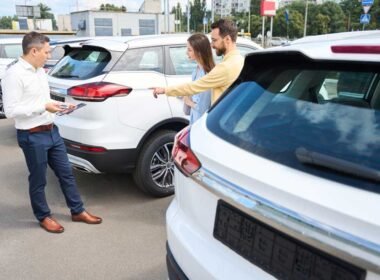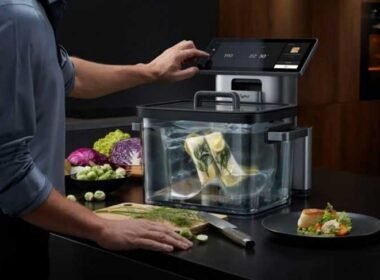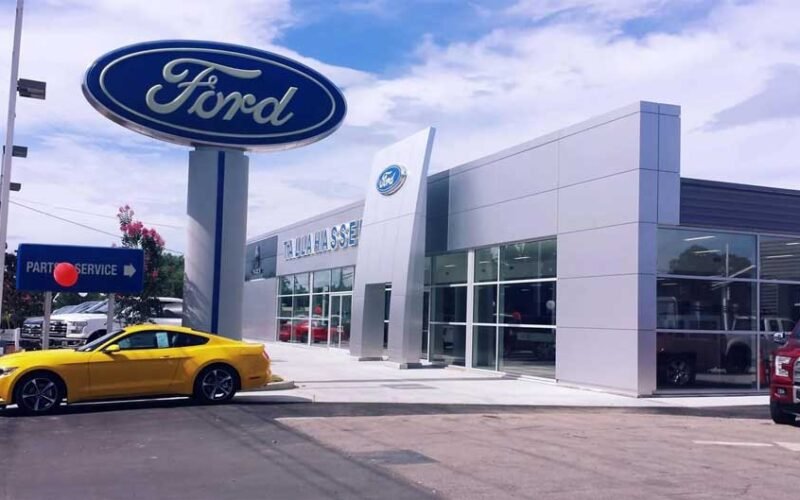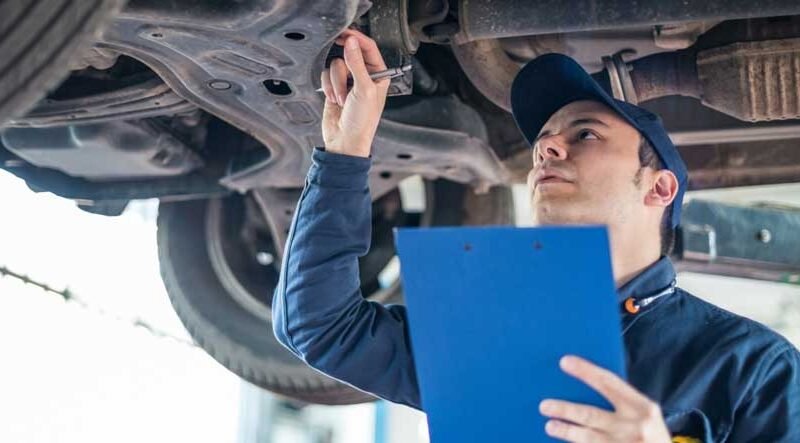When shopping for a used car, one of the most important factors to consider is its safety ratings. Whether you’re upgrading your vehicle or purchasing your first car, ensuring that the model you’re interested in meets modern safety standards is crucial. While new cars often come with the latest safety technology and high crash-test ratings, used cars Sarasota and other markets also offer a range of vehicles that have stood the test of time. Understanding what to expect from safety ratings in used models can help you make an informed decision, ensuring that you’re choosing a car that will not only meet your driving needs but also keep you and your passengers safe.
Understanding Safety Ratings
Before diving into used car safety, it’s essential to understand what safety ratings are and where they come from. Safety ratings are determined through extensive crash tests and evaluations of a vehicle’s safety features. The two primary organizations that provide these ratings are:
- The National Highway Traffic Safety Administration (NHTSA): This U.S. government agency tests and rates vehicles for their crashworthiness, vehicle rollover risk, and overall safety features. They give vehicles star ratings, with 5 stars being the highest.
- The Insurance Institute for Highway Safety (IIHS): This non-profit organization conducts more specific safety tests, including moderate overlap front crashes, side-impact crashes, roof strength, and head restraint effectiveness. They provide a rating system of “Good,” “Acceptable,” “Marginal,” and “Poor.”
These ratings are critical in assessing how a vehicle performs during a crash and the effectiveness of its safety features. As you look for a used car, understanding these ratings will help you navigate your choices.
What to Expect from Safety Features in Used Cars
The safety features in used cars can vary significantly based on the model year, make, and trim level. While newer models tend to come with a variety of advanced safety technologies, older used models may not include the latest innovations. Here’s a breakdown of the most common safety features in used cars, along with what to expect:
Airbags
Airbags are a standard safety feature in most vehicles today, but older models might only have basic airbags for the driver and front passenger. In newer vehicles, side-impact airbags, curtain airbags, and knee airbags are more common. When purchasing a used vehicle, you should verify how many airbags the car includes and whether it has front and rear airbags for optimal protection.
Anti-lock Braking System (ABS)
ABS helps prevent wheel lock-up during hard braking, allowing drivers to maintain steering control. It’s a feature that is widely available in newer vehicles, but many older cars may have it only as an optional feature. ABS is especially beneficial in slippery conditions, and if you’re shopping for used cars, it’s advisable to look for a model equipped with this safety feature.
Electronic Stability Control (ESC)
ESC is a system that helps prevent skidding and loss of control in slippery or emergency driving situations. It became a mandatory feature for new cars sold in the U.S. starting in 2012, but some used cars manufactured before that date might not have it. Checking if the used vehicle has ESC can significantly improve the vehicle’s safety performance, especially in difficult driving conditions.
Rearview Cameras and Parking Sensors
While rearview cameras and parking sensors are now becoming standard in new cars, they were not always available in older used models. These features help drivers avoid backover accidents and improve parking safety, especially in tight spaces. If you’re buying a used car, you might need to check if these features were included as part of a premium package or were installed as an aftermarket option.
Crumple Zones and Frame Strength
Crumple zones are areas of a vehicle designed to absorb energy during a collision, reducing the impact on the occupants. Newer cars tend to have advanced crumple zones designed to absorb energy more effectively. However, older used models still feature crumple zones, though they may not be as optimized as those in current models. The strength of the frame and body of the vehicle also plays a significant role in safety, and many used models have decent crash safety ratings.
Crash-Test Ratings: What to Look for in Used Models
When evaluating the crash-test ratings of used vehicles, keep in mind that the safety standards have evolved over time. While older vehicles may still perform well in crash tests, they may not have the same level of protection as newer models.
Star Ratings from NHTSA
The NHTSA provides overall star ratings for vehicles, which can give you a quick idea of how safe a car is. An overall rating of 5 stars indicates excellent safety, while 1 star represents a much lower level of safety. For used cars, try to look for models that have at least a 4-star rating, though 5-star vehicles are always the best choice for safety.
IIHS Safety Ratings
IIHS tests vehicles in several different categories, and you can check if the used car you’re considering received a “Good” or “Acceptable” rating in areas like frontal crash, side-impact crash, and roof strength. A vehicle that has consistently performed well in these tests will be a safer option for you and your family.
How to Check a Used Car’s Safety Rating
Now that you know what safety features to expect in used models, it’s important to know how to find a used car’s safety ratings. There are several ways to do this:
- Check the Vehicle History Report: Many online car history report providers, like Carfax or AutoCheck, can give you a comprehensive breakdown of a vehicle’s history, including any reported accidents or recalls. Some of these reports might also include crash-test ratings.
- Look at NHTSA and IIHS Websites: Both NHTSA and IIHS maintain databases where you can search for specific car models and view their safety ratings. Make sure to focus on ratings for crashworthiness, side-impact protection, and rollover risk.
- Ask the Dealer for Safety Information: If you’re buying from a dealership, they should be able to provide you with detailed safety ratings and information about the car’s features.
What to Keep in Mind When Buying Used Cars with Safety in Mind
When buying a used car, it’s important to focus not only on the safety features but also on the overall condition of the vehicle. A used car with high safety ratings may not provide the same protection if it has been involved in a previous accident or if its safety features are outdated or malfunctioning.
Check for Recalls
Even if a used car has excellent safety ratings, it’s important to check whether it has any open recalls related to safety features. You can do this easily on the NHTSA website by entering the car’s VIN number.
Prioritize Vehicle Maintenance
A well-maintained car is safer than one that has been neglected. Check the car’s maintenance records and have a mechanic inspect it before purchasing. Regular maintenance ensures that the car’s safety features, such as airbags, brakes, and stability control, are functioning properly.
Conclusion
When buying used cars, safety should always be a top priority. While newer cars tend to have the latest safety technologies, many used models still provide excellent protection thanks to strong crash-test ratings and essential safety features. Be sure to review the safety ratings, check for recalls, and prioritize well-maintained vehicles to ensure you and your passengers are as safe as possible on the road.










